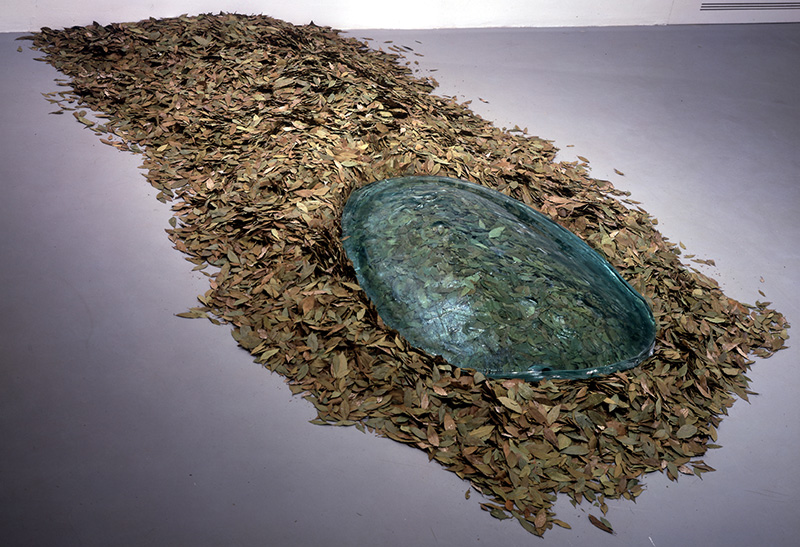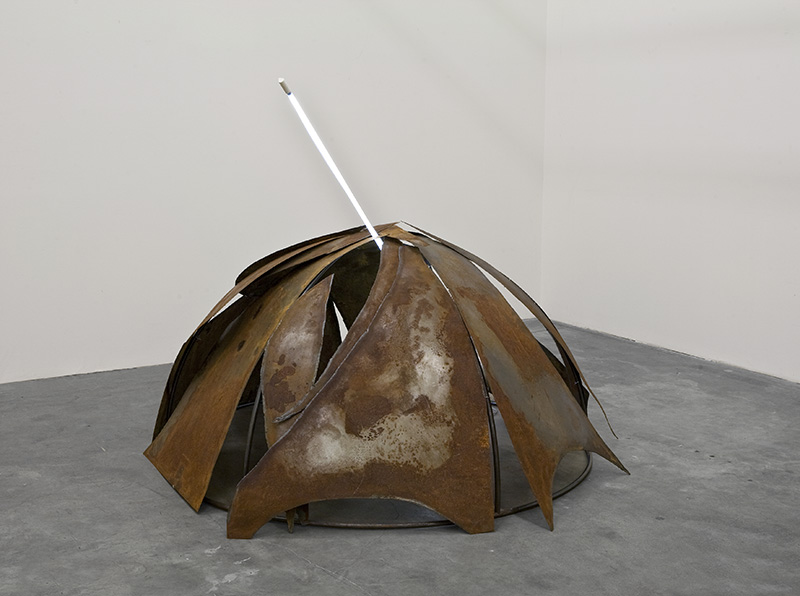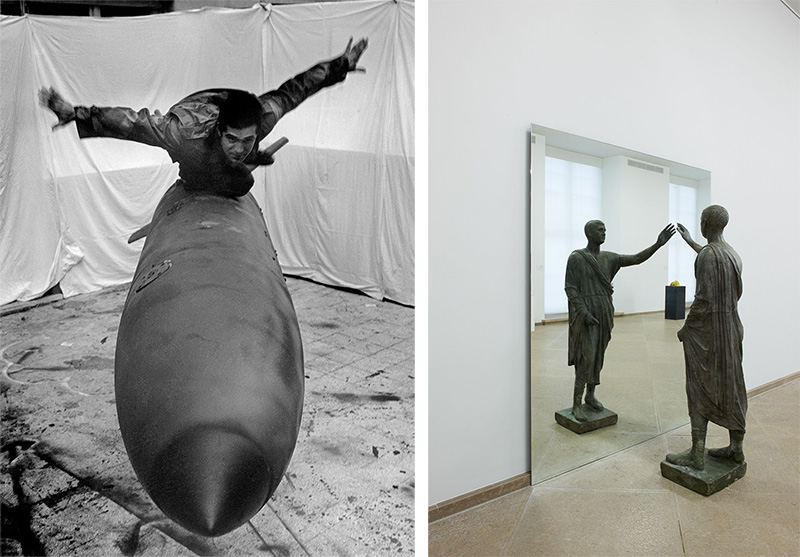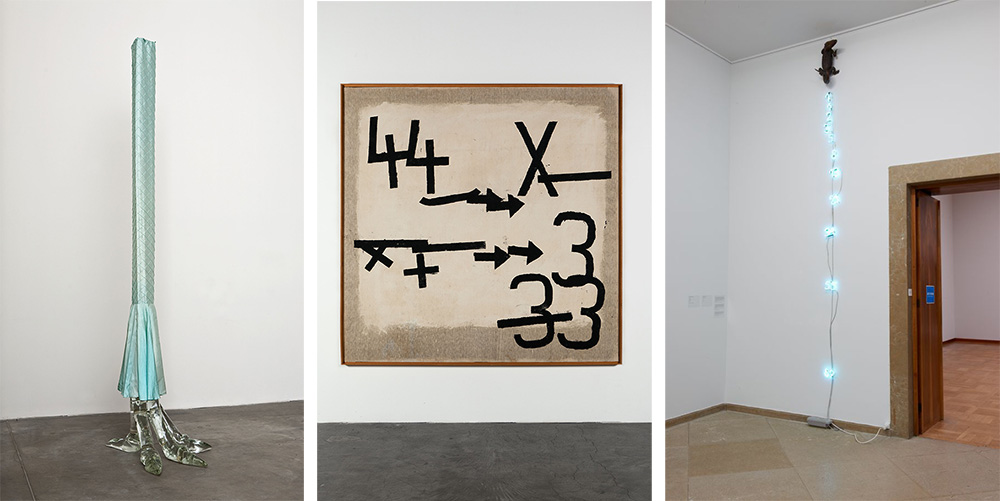ART-PREVIEW:Arte Povera Curated by Ingvild Goetz
 The most significant and influential Avant-Garde movement to emerge in Europe was Arte Povera that emerged against the backdrop of political and social reawakening that defined Italy in the ‘60s. At a time marked by increasing disillusionment with the competing ideologies of capitalism and communism, Italians began to embrace an identity characterized by urbanity and industrialization that simultaneously paid homage to the country’s cultural heritage.
The most significant and influential Avant-Garde movement to emerge in Europe was Arte Povera that emerged against the backdrop of political and social reawakening that defined Italy in the ‘60s. At a time marked by increasing disillusionment with the competing ideologies of capitalism and communism, Italians began to embrace an identity characterized by urbanity and industrialization that simultaneously paid homage to the country’s cultural heritage.
By Dimitris Lempesis
Photo: Hauser & Wirth Gallery Archive
The exhibition “Arte Povera. Curated by Ingvild Goetz” at Hauser & Wirth in New York, is a comprehensive overview of Italy’s highly innovative 20th Century Art Movement, as seen through the eyes of one of its most significant collectors. With over 150 works spanning the late ‘50s to the ‘90s the exhibition sheds light on the ideas and motivations of Arte Povera artists whose radical responses to the sociopolitical upheaval of their time remain vividly relevant today. Also the exhibition includes a vast array of rare archival materials from the library of Ingvild Goetz. Among these are more than 400 monographs, exhibition catalogues, and publications, as well as documentary photographs and invitation cards from early Arte Povera exhibitions. The exhibition features works by: Claudio Abate, Giovanni Anselmo, Alighiero Boetti, Pier Paolo Calzolari, Giorgio Colombo, Luciano Fabro, Jannis Kounellis, Mario Merz, Paolo Mussat Sartor, Giulio Paolini, Pino Pascali, Giuseppe Penone, Michelangelo Pistoletto, Emilio Prini, and Gilberto Zorio. Visitors first encounter Pistoletto’s “Orchestra di stracci – vetro diviso” (1968) upon entering the gallery. Cheap, colorful rags are combined here with discarded clothing and stacked to form a rectangular structure, inside of which electric kettles hum, hiss, and whistle. The sounds emanating from this work evoke the restless cultural moment in which Pistoletto created it. Kounellis’s “Senza titolo” (1959) deconstructs ideas of classical panel paintings by transforming the artist’s studio into a theatrical experience. This seminal work was documented by photographer Claudio Abate in an image (on view) of the artist in a Dadaist costume, painting letters, symbols, and numbers onto an unstretched, unprimed canvas hung directly onto his studio wall. In 1968, Mario Merz produced the first of his igloos, which became a signature element of his art. On view is a late example, “Igloo” (1984-92), that reveals Merz’s preoccupation with the fundamentals of human existence and man’s relationship with nature. Pier Paolo Calzolari often incorporated live animals into his works. A subversion of classical still life painting, Calzolari’s “Senza titolo” (1972) includes a rose, walnuts, and a fish in a pitcher of water atop a mattress a combination that lends an air of eroticism to the dreamlike installation. The exhibition continues with works by Alighiero Boetti, who explored systems of knowledge, classifications, and sequences, often creating works that mined the relationship between order and chance. Other works on view mark a distinct point of divergence from the common association of ‘poor’ materials with the Arte Povera movement. Expertly fabricated and visually arresting, Luciano Fabro’s towering “Piede” (1972) comprises a column of Shantung silk, extending to the ceiling and grounded to the floor by a claw-like base wrought from Murano glass. Penone often created works in a nearby forest, exposing materials to the natural elements in an attempt to integrate his art into the growth processes of the landscape. For “Patate” (1977), Penone buried young potatoes alongside negative plaster casts of an ear, mouth, and nose. When Penone unearthed the potatoes at the next harvest, he discovered mutated examples that bore uncanny resemblances to the cast human sensory organs. Penone then cast these five mutants in bronze, installing them together with a pile of more than two hundred potatoes.
Info: Hauser & Wirth Gallery, 548 West 22nd Street, New York, Duration: 12/9-28/10/17, Days & Hours: Tue-Sat 10:00-18:00, www.hauserwirth.com









